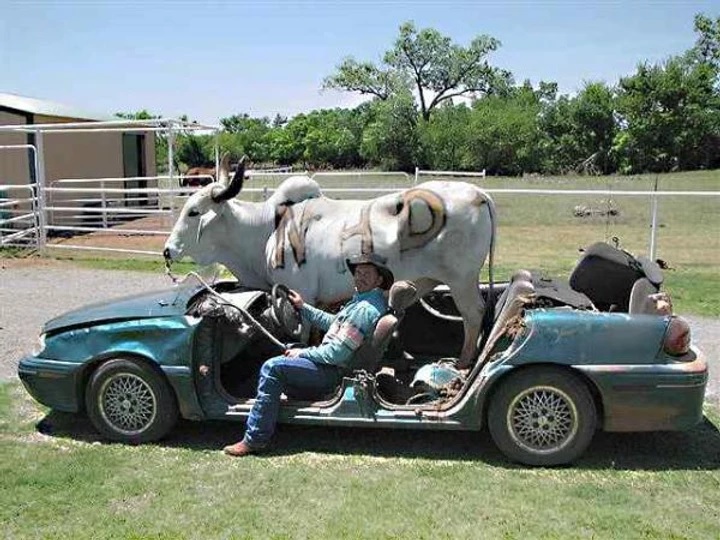The United Nations Food and Agriculture Organization (FAO) estimates that livestock production is responsible for 14.5 percent of global greenhouse gas emissions, while other organizations like the Worldwatch Institute have estimated it could be as much as 51 percent.
But Indian scientists now believe that indigenous cows could have a big future in global dairy production, after a study of its unusual ability to withstand extreme heat unexpectedly showed that it also emits far less methane than typical dairy cows, compared to the amount of milk it produces.
“By breeding our indigenous cows, we can reduce the amount of methane released into the atmosphere,” said Dr Elayadeth Muhammed, an animal scientist at Kerala Veterinary and Animal Sciences University.
Kerala scientists working with global academics including the University of Bristol, through a consortium called the Global Farm Platform, hope that dairy production from Vechur cattle and other indigenous Indian breeds can be introduced around the world.

As temperatures soar around the world due to global warming, indigenous or the desi cows will be in great demand for their ability to stay healthy and disease-free. HF/Jersey cows which are not suitable to tropical climates, suffer from innumerable diseases and need medication (anti-biotics) often. Anti-biotic residues are found in milk as farmers continue to milk these cows during recuperation as well, threatening public health. Desi Cows on the other hand are being valued for being hardy and disease resistant against foot & mouth, mastitis etc.
There remains however a problem of scale. It would be impossible to expect indigenous cows to give same or more quantity of milk like the crossbred species used in Western mass-production cattle farms that can produce up to 40 litres of milk per day, but need to be fed huge amounts of soya and corn.
But the limited amount of food they require, makes them an ideal choice for small-scale, poorer farmers across the developing world, says Dr Muhammad. Also because indigenous cows give more nutritious A2 milk, people are willing to pay a higher price for it to the local farmer. The farmer finds more application of desi cow dung and urine on his farm, minimising the use of chemical fertilisers and pesticides.
The farmer needs to realise that while desi cows may give less quantum of milk per day, their lactation period and number of calvings is much higher than exotic cows. On average, HF/Jersey cows give 3-5 births in their lifetime, desi cows bear more than 10 calves in their lifespan – giving farmers consistent income with low cost.
India could set an example for the world on how to utilize indigenous cattle for better public health, and agriculture with minimal cost to the environment.
